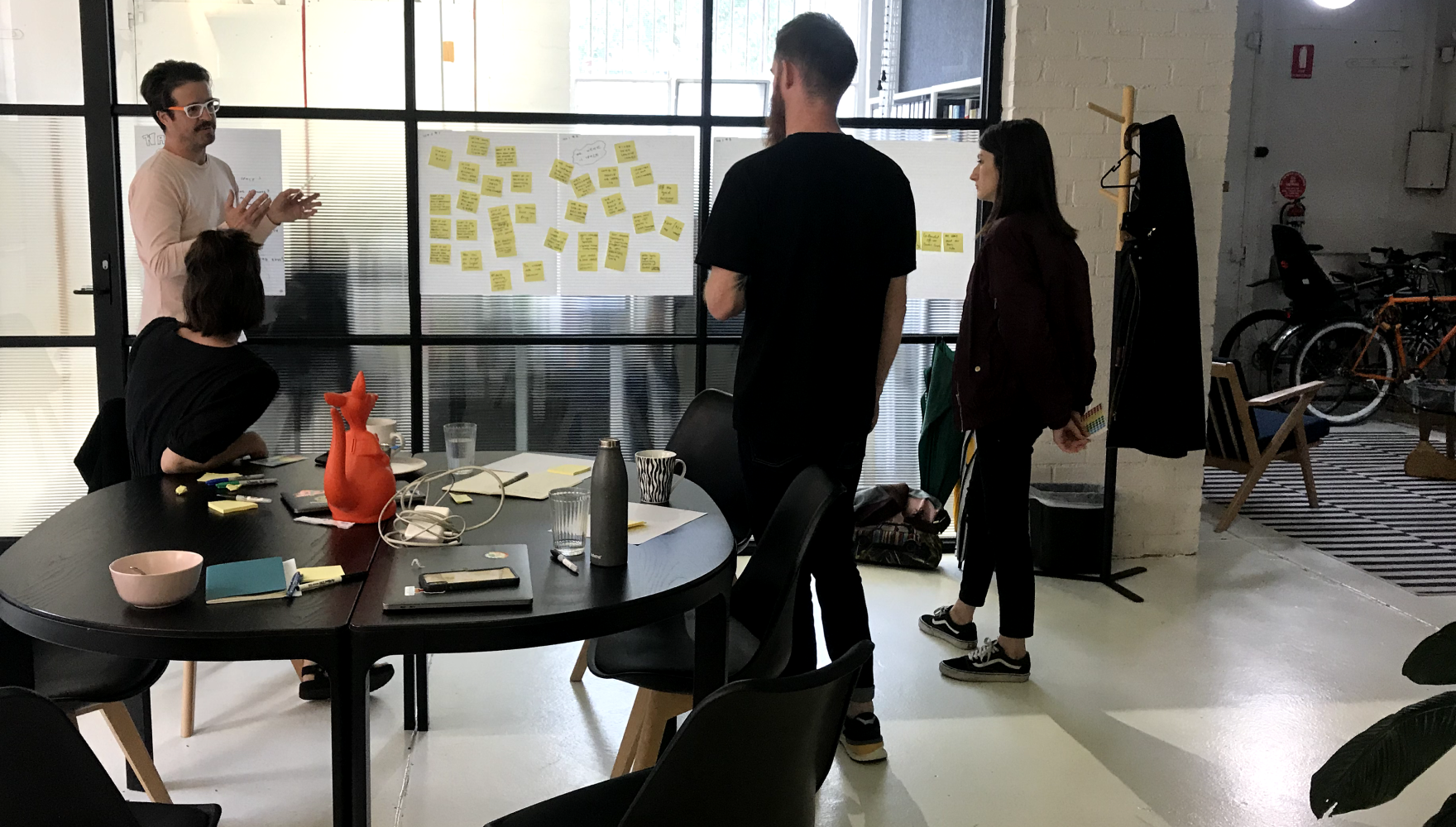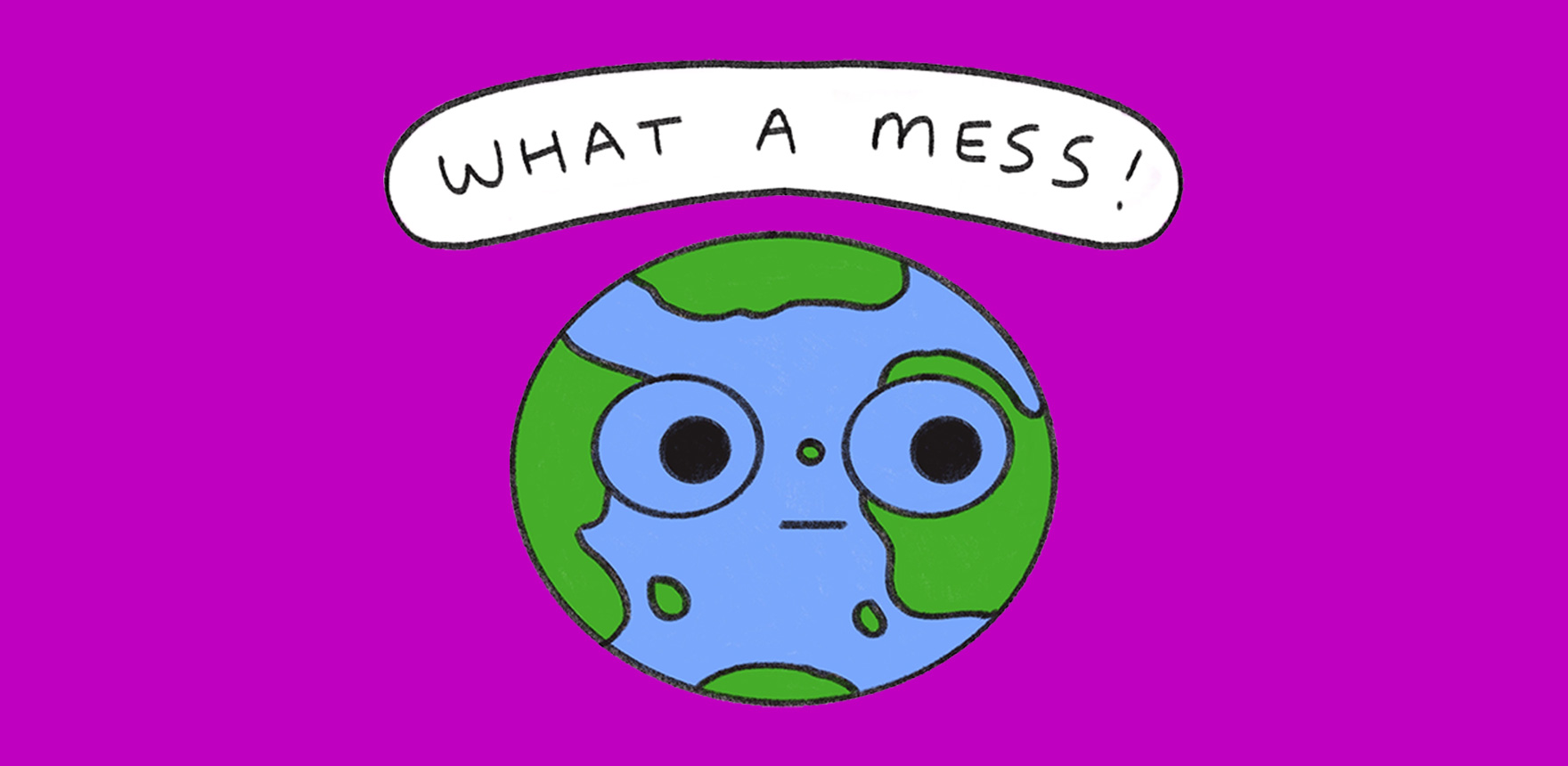A brand is not a logo
The great thing about both responses?
It wasn’t the “… isn’t it just a logo?” I’ve heard so often. Ace.
Over the past few decades branding has changed significantly. It actually dates back further than you might think—brands in their original form were used to show ownership of cattle in the 1500s. It was bare bones but functional: a simple, distinctive and instantly identifiable mark, et finito.
Fast-forward a few centuries, and brands are growing closer to how we perceive them now. The Industrial Revolution brought along registered trademarks, and with that, the first instance of branding as intellectual property in 1881. That gave birth to the reality that companies could officially claim their products and services as their own. And then… the game was on.
From a simple mark of ownership, brands have evolved to represent what we’re about, what we believe in, and what we want to achieve. If that sounds like a lot to put into a mark that has to be recognisable at the size of a stamp and smaller, you’d be right. That’s where other elements come in: how we speak, what we say, colours, patterns, art direction, fonts—you name it, we’ll have discussed it. A brand is no longer just a mark; it incorporates… everything. It’s no wonder people sometimes get confused.




